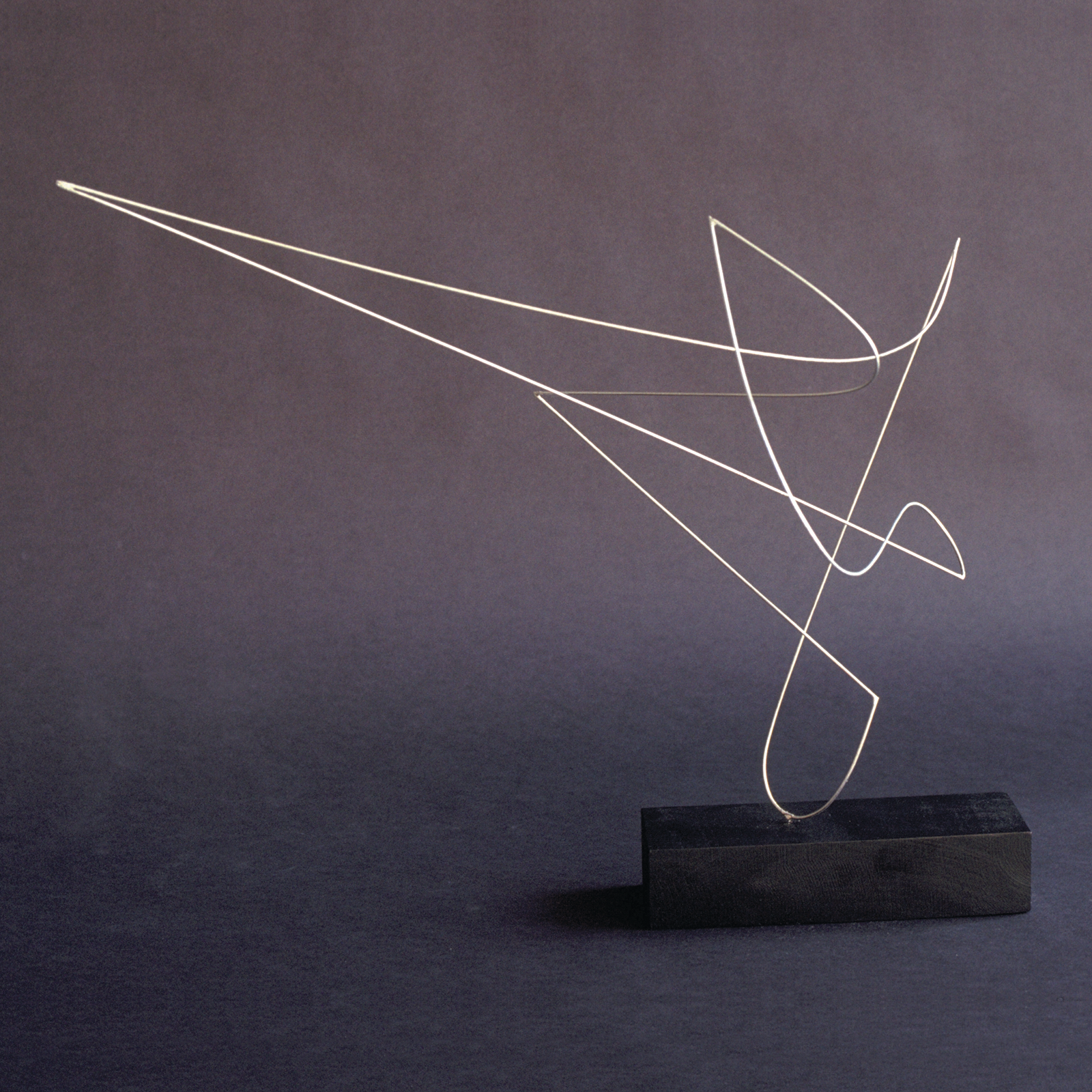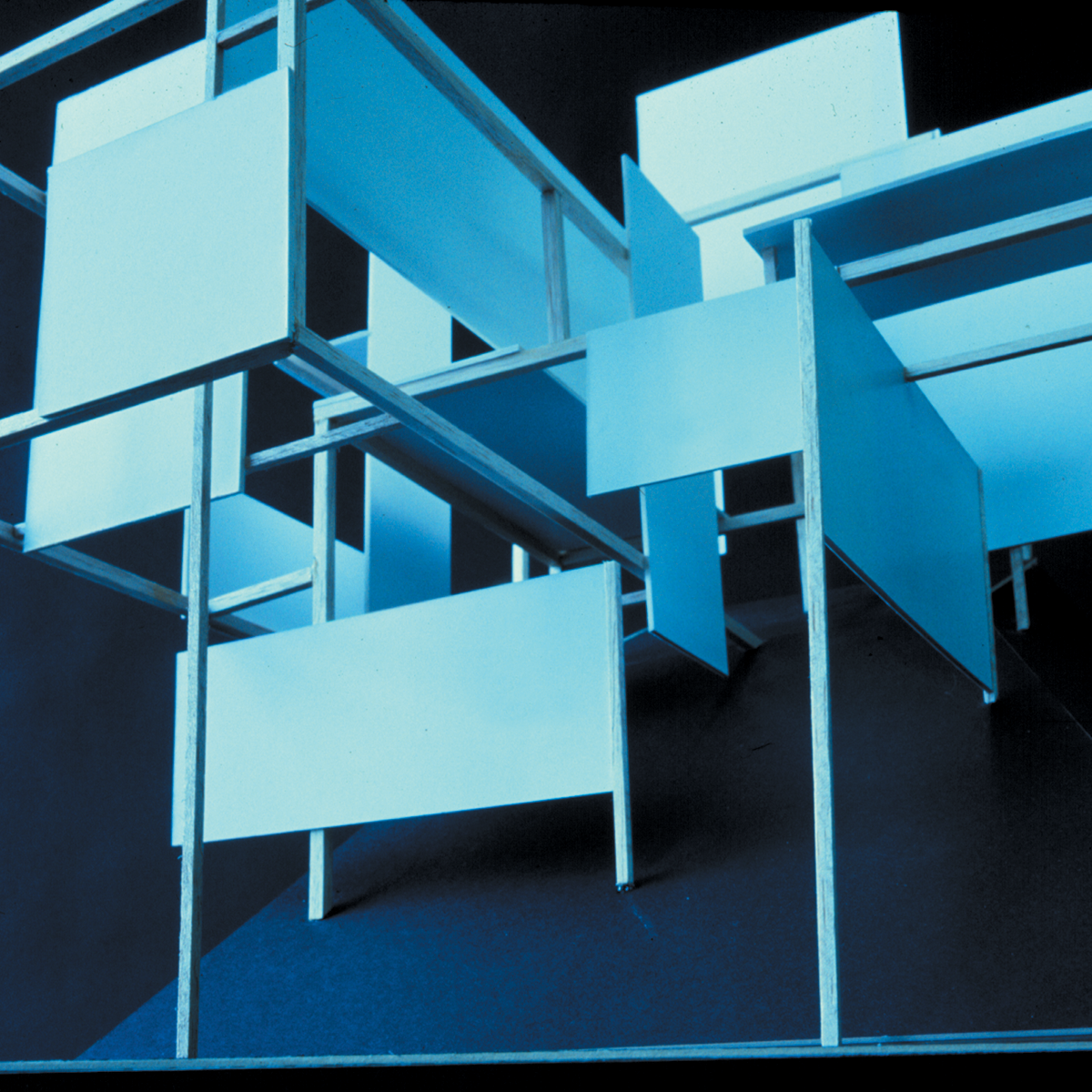The principles of study that Rowena helped formulate were embodied in a foundation curriculum that became the primary, universal first year of study for all Pratt Institute art and design students.

Rowena Reed Kostellow taught design for half a century. She was an immensely influential teacher who spent her life developing and refining a methodology for teaching the “structure of visual relationships” underlying all art and design. The principles of study that she helped formulate were embodied in a foundation curriculum that became the primary, universal first year of study for all Pratt Institute art and design students. Foundation studies, strongly influenced by the Pratt curriculum, were adopted nationwide in art and design schools. Many schools, such as Pratt, are still the bedrock upon which advanced, specialized studies in the arts are built.
However, the content of that study has become diluted over time, and there is little consensus about what should be taught and how. There are several reasons for this. Formalisms of all kinds have long been in decline, and one of the results has been a predictable loss of rigor in foundation (principle-based) approaches. The number of instructors educated and interested in teaching this complex curriculum has declined. The current focus in education, in general, on preparing students for success in the marketplace has encouraged the inclination to skip anything that does not seem immediately relevant to the real world and the global economy.
Moreover, technology has changed how we think about and practice art and design. Painting and sculpture have been with us for millennia. Computer and video media now offer tools to explore the fourth dimension of time and motion, presenting new creative opportunities and increased complexity.
Computer-aided design was on the horizon by the end of Rowena Reed’s life, although it had yet to transform design practice in the way we now take for granted. She was especially concerned about the impact of the computer on the practice of three-dimensional design. She cautioned against using the computer to do things that she believed only the human eye and hand could do. It now remains for those who value her approach to design education to make the intellectual leap and devise new ways to integrate these new opportunities and modes of expression with the traditional 2D/3D creative process.
In the meantime, a valuable legacy is at risk of being lost. Rowena Reed had the unshakable conviction that “foundation” studies exploring abstract visual relationships are essential to creating and appreciating art and design. She focused her attention and considerable gifts on exploring these relationships in the three-dimensional realm. She left a body of knowledge, most of it oral, that begged to be captured before it disappeared.
“Rowena was very clear about the difference between 2D and 3D,” explains William Fasolino, Pratt’s Foundation Program Director. “Three-dimensional objects are all around us, but we do not understand three dimensions. You need different muscles to push and pull and make something three-dimensional. Rowena’s courses had that kind of flesh and blood. We have lost that.”
In 1982, Reed was awarded an NEA grant to write a book on her structured approach to studying visual relationships. She planned to document her methodology by defining and illustrating the vocabulary and carefully sequenced exercises at its heart. However, she did not live long enough to carry out her project. Shortly after her death, a group of former students and colleagues created the Rowena Group to support the advancement of three-dimensional design and visual communications education.
Although she did not leave a detailed written record of her principles and methods, she spent a lifetime talking about and demonstrating them, inside and outside the classroom, to students, colleagues, practicing professionals, and friends. What follows documents her methodology by reconstructing her ongoing conversation from the recollections and notes of those who taught and studied with her and from audio and visual tapes made in the last decade of her life.
This Methodology section describes all the three-dimensional foundation experiences she taught in the last thirty years of her career, some advanced three-dimensional exercises, and her signature exercises in space analysis. Wherever possible, exercises are illustrated with slides of work done by Rowena’s students in classes taught by her; where such slides are not available, exercises are illustrated with slides from classes taught by her colleagues and former students.
It is impossible to fully reproduce the experience of being and working in her classroom. Moreover, the essence of Rowena Reed’s teaching was the experience itself. She called the exercises in her courses “experiences” because they led students to insight through intense, in-the-moment concentration, discovery, and revelation. They were powerful, personal epiphanies that finally defy description.
Many people offered hours of their time in interviews, extended conversations, and intellectual and moral support—my heartfelt thanks to all of you. Special thanks to members of the Rowena Reed Kostellow Fund book committee: James Fulton, Bruce Hannah, Louis Nelson, RitaSue Siegel, and Tucker Viemeister and to others who shared their notes and tapes, read the manuscript, made valuable suggestions and corrections, and pored through the visual record - especially Len Bacich, Gina Caspi, Linda Celentano, Bill Fogler, Gerry Gulotta, Kate Hixon, Debera Johnson, Jeff Kapec, Bill Katavolos and Craig Vogel.
(A note on names. Rowena Reed Kostellow was known by several variations of her name by different people at different times. In formal correspondence and official documents, she was Rowena Reed Kostellow. In the professional world, she was known as Rowena Reed Kostellow and Rowena Reed. In the classroom, she was called” Miss Reed” by students in the early years of her teaching career and then both “Miss Reed” and” Rowena” in later years. I have used all variations as people are quoted using the name they knew her.)
Rowena Reed was interested in, one might say consumed by, the study of three-dimensional abstraction. She pursued it as an intriguing mystery and a means to an end. Her mission was to educate artists and designers by sensitizing their eyes and developing their powers of visual discrimination—she called it visual literacy—so that they would be inspired and prepared to make the world more beautiful. She laid out that goal with utter sincerity and the absolute conviction that it was the most important thing one could do with one’s life.
We aim to document and honor Rowena’s legacy through the words and work of artists and designers who built on it and pay tribute to an extraordinary woman and teacher whose influence far exceeds the recognition she has enjoyed.













